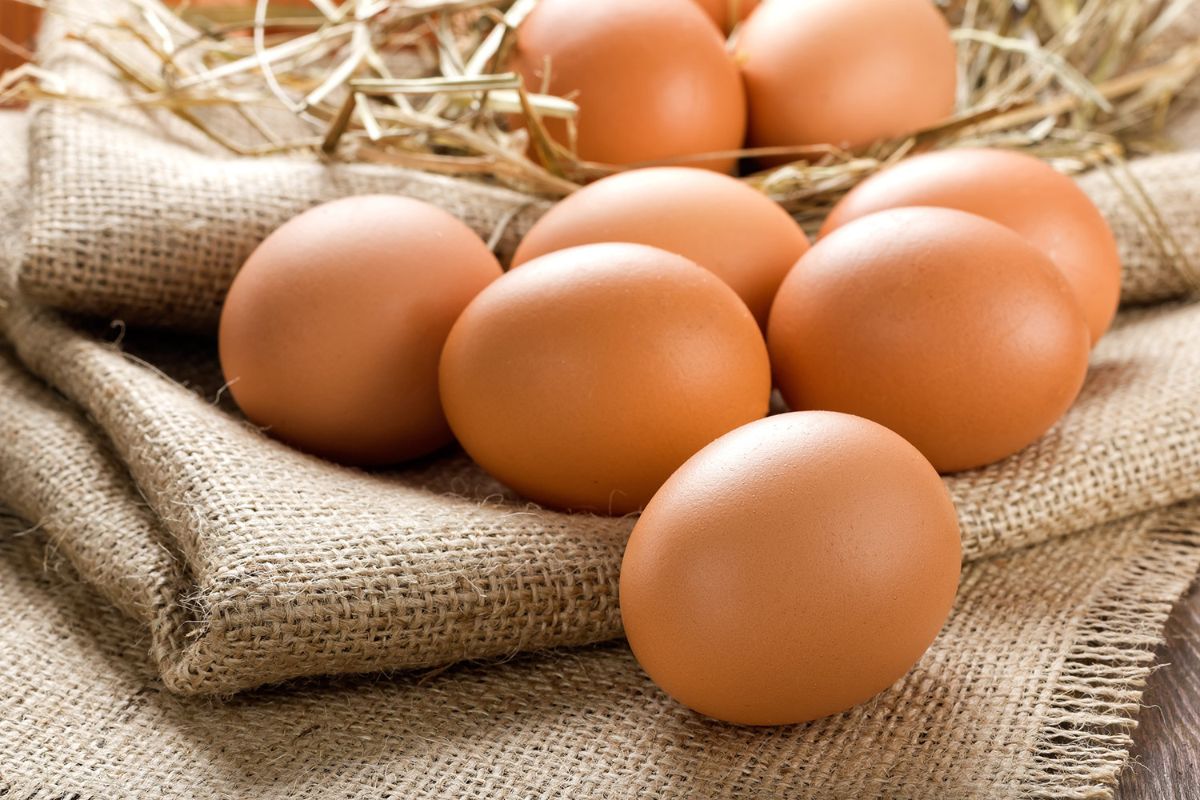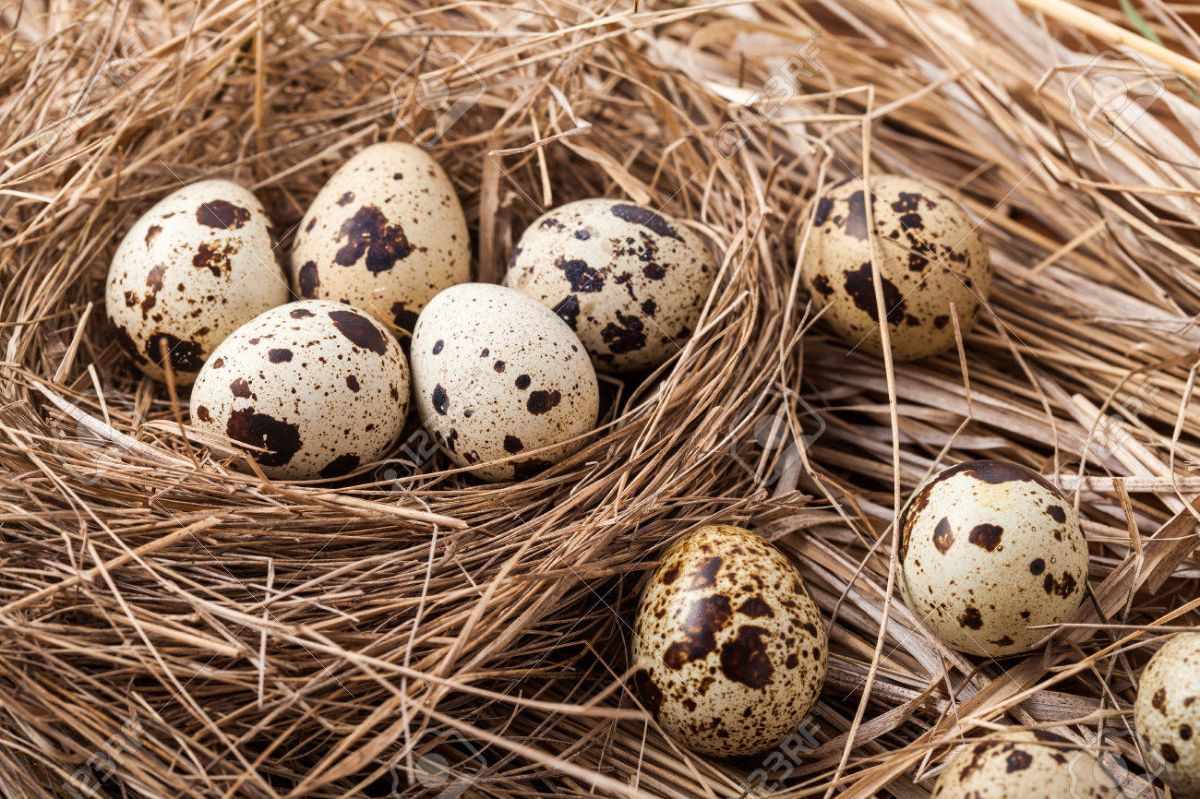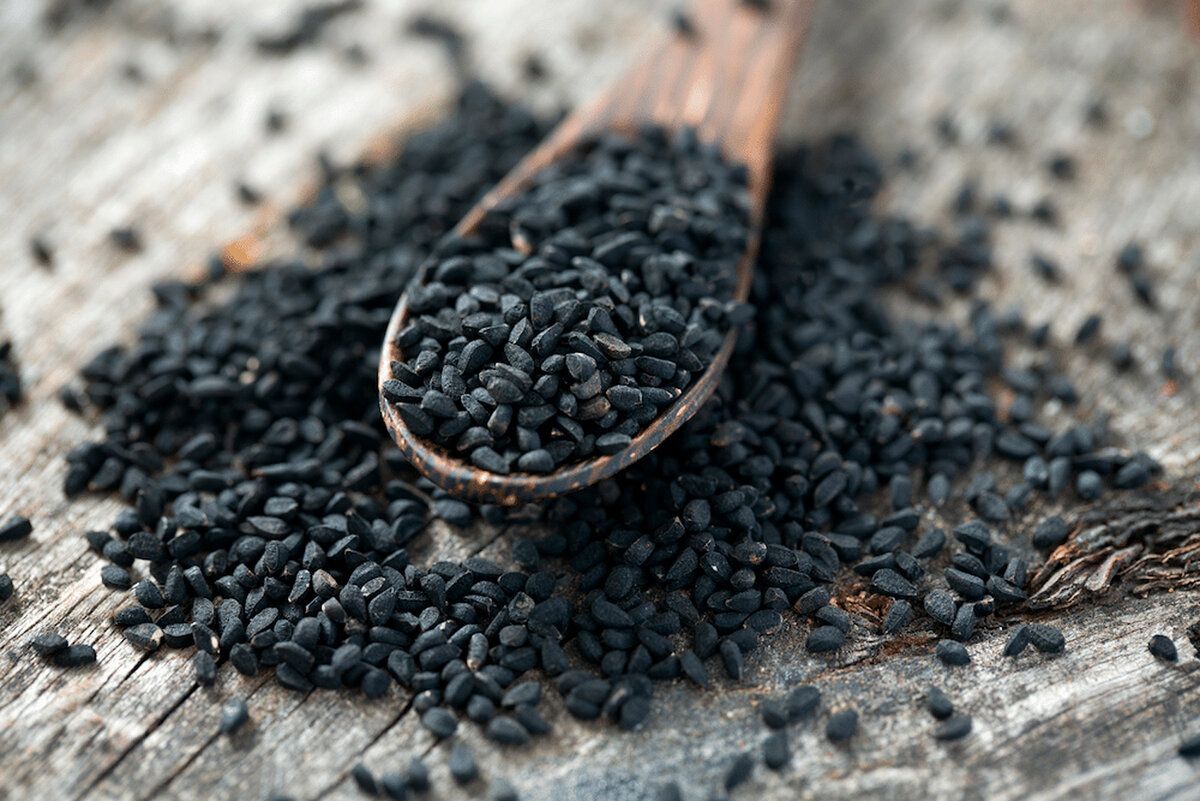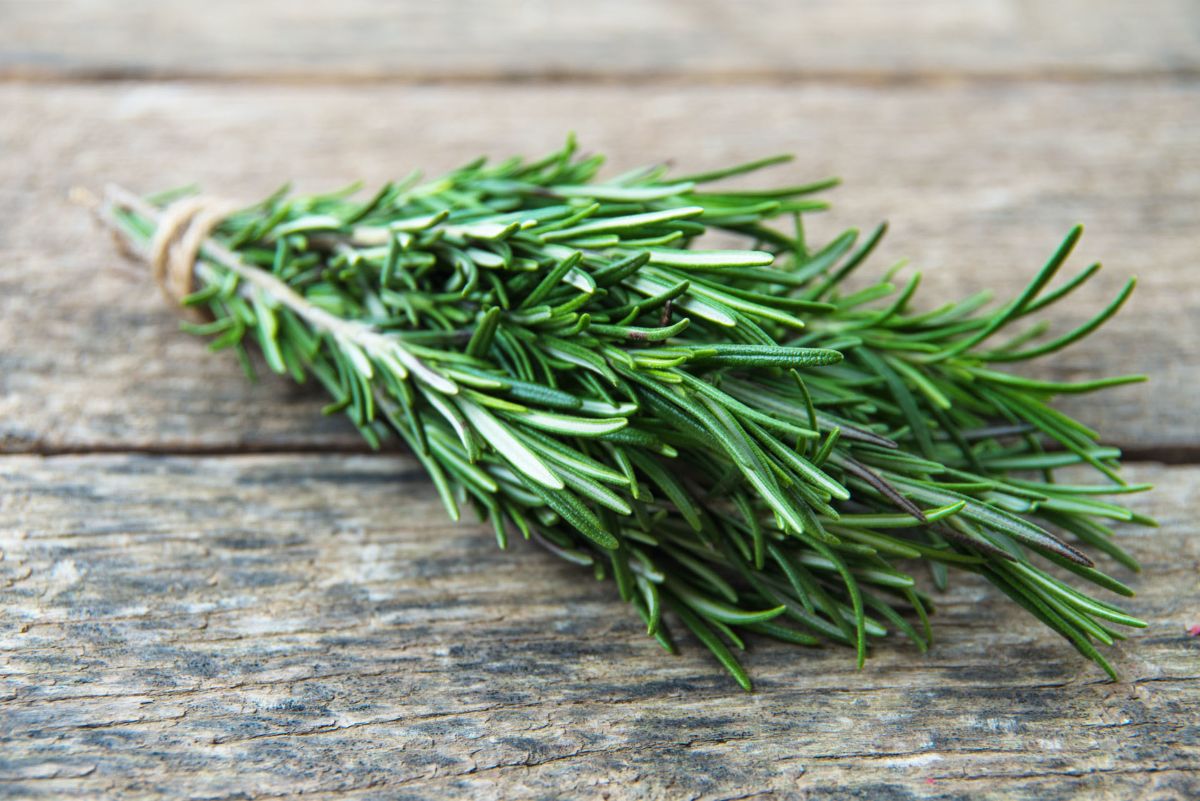How to freeze raw chicken eggs correctly
Chicken eggs are one of the most nutritious foods. They have a number of Proven beneficial properties .
Freezing eggs can significantly extend their shelf life.
However, exposure to cold can have a detrimental effect on the taste and biological value of eggs. To avoid this, you need to follow simple rules when freezing.
Content
Is it possible to freeze?
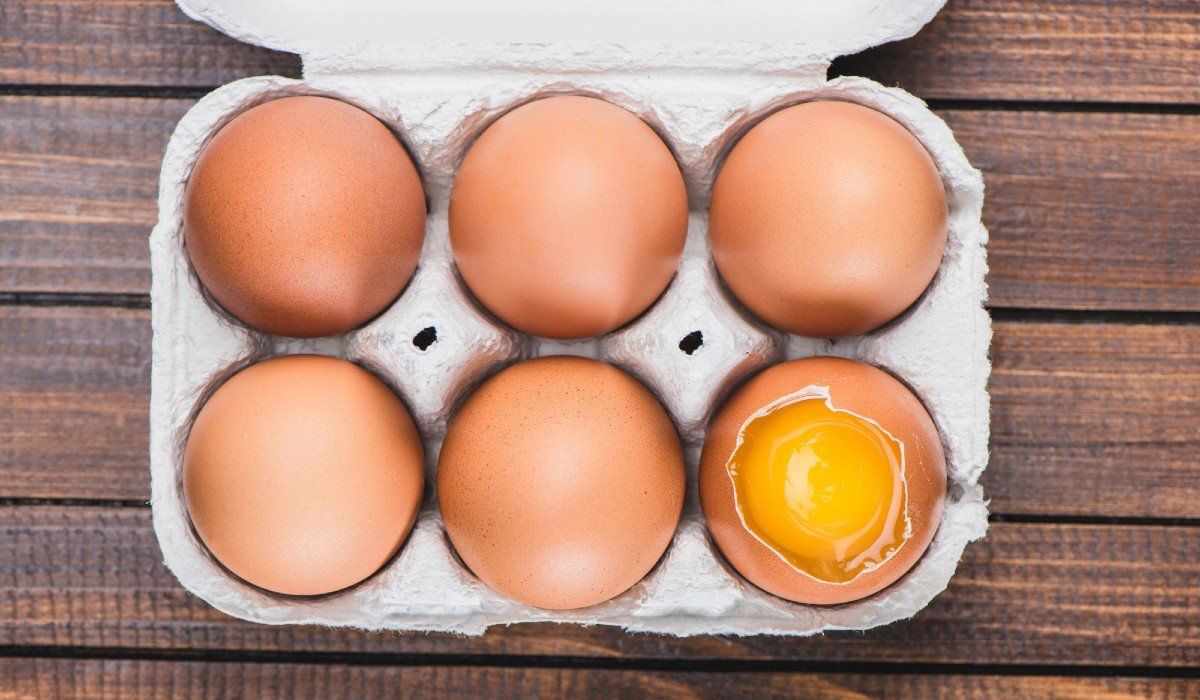
Specialists of the Food and Drug Administration (USA) recommend Never freeze eggs in their shells. This is due to health risks.
During the freezing of eggs are changing properties of yolk and protein, their density decreases and their volume increases. As a result, there may be slight cracking or complete destruction of the shell. Defects in the shells lead to the penetration of not only foreign odors, but also harmful microorganisms both during storage in the freezer and during defrosting.
The taste and culinary properties of eggs are also changing. The structure of the yolks changes, they become thick and do not form foam when whipping.
Boiled eggs (both hard-boiled and soft-boiled) should also not be frozen. Low temperatures (in the freezer) make them elastic and watery, leading to a complete loss of taste.
However, some parts of the eggs can be frozen. These include:
- Raw proteins;
- Raw yolks;
- Whole beaten eggs, peeled from the shell;
- Any dishes that include eggs (for example, pies or cottage cheese casseroles).
How does freezing affect yolks and proteins?
Yolks and proteins react to temperature changes in different ways. Let's focus on the most significant changes.
1. Texture
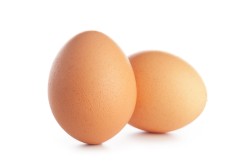 Raw egg whites (after freezing and thawing) practically do not change their own structure. Single studies even celebrate
increased foaming capacity.
Raw egg whites (after freezing and thawing) practically do not change their own structure. Single studies even celebrate
increased foaming capacity.
However, with prolonged exposure to freezer conditions, denaturation (destruction) of proteins and loss of their biological properties take place.
At the same time, the longer the proteins have been in the freezer, the better they are whipped.
Yolks form a viscous thick gel-like mass when frozen. Similar changes, according to experts , occur during the formation of ice crystals. If the yolks are pre-mixed with sugar or salt, then such changes will not occur.
If the whites and yolks were frozen together, then you can cook scrambled eggs, any pastries and casseroles from the resulting mass.
2. Taste
The taste of yolks and proteins does not change after freezing and defrosting. Any differences are due to the addition of minor components (sugar, salt, spices and preservatives).
It is recommended to avoid buying frozen proteins and yolks that have been stored using preservatives. They can be toxic to the body and cause health problems.
How to freeze properly?
Raw yolks and whites can be safely frozen separately. After freezing, their shelf life will be about 12 months, after defrosting – up to 8-12 weeks. Let's consider each option separately:
1. Whole eggs
To freeze, mix the yolks and whites and beat at a minimum speed until a uniform homogeneous mass is formed. Then pour the composition into any container and put it in the freezer.In order not to miss the defrosting date, it is recommended to put a label with the date of manufacture or intended use.
2. Proteins
Each separated protein must be frozen separately. To do this, you can place the proteins in the cells of a tray or an ice cube bag. It is equally important to number them.
3. Yolks
After splitting the shell, it is necessary to collect all the yolks in one container (bowl, container) and gently beat until a homogeneous liquid consistency. It is recommended to add salt or sugar – ¼ tsp or ½ tsp for every 4 egg yolks, respectively. Put a label on it.
4. Ready meals
The process of freezing ready-made egg dishes is more difficult. First, you need to cool the product to a temperature of 5 ° C in 2 hours. Similar tactics will allow prevent the growth of pathogenic bacteria.Then cover the product with a lid or place it in an airtight bag and put it in the freezer.
Rules of use
Raw or ready-made (as part of dishes) eggs must first be thawed, then heat treated (at least 71 ° C).
To defrost, it is enough to place a container or other container with eggs under a stream of cold water and wait a few minutes.
Raw whole eggs, as well as individual whites and yolks, are recommended to be cooked on the day they are thawed.
Conclusion
- Freezing raw eggs with the shell removed is a simple and effective way to increase the shelf life of the product.
- During the time spent in the freezer, even if the technology is followed, the loss of some organoleptic qualities is inevitable.
- To eliminate the risk of bacterial infections, it is recommended to heat the eggs after defrosting to at least 71 °.
